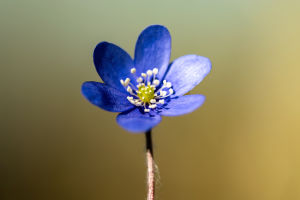The Beauty of Zephyranthes
Hey Lykkers! Are you ready to explore a floral treasure that can bring vibrant colors to our gardens?
Let's dive into the enchanting world of Zephyranthes grandiflora, also known as the rain lily. With its stunning blooms and easy care, this plant is perfect for both seasoned gardeners and beginners alike!
What is Zephyranthes Grandiflora?
Zephyranthes grandiflora is a perennial bulbous plant native to the southern United States and parts of Central America. This captivating flower is known for its large, trumpet-shaped blossoms that emerge from the ground, often after a rainfall, hence the name "rain lily." The blooms are typically white or pale pink, and they can brighten up any landscape with their graceful appearance.
One of the most remarkable features of Zephyranthes grandiflora is its ability to bloom sporadically throughout the growing season. With proper care, we can enjoy these lovely flowers from late spring to early fall, creating a continuous display of beauty in our gardens.
Rain Lily/Pink Rain Lily/Zephyranthes grandiflora/রেইন লিলি
Video by lipis view
Growing Conditions
To thrive, Zephyranthes grandiflora requires specific growing conditions that we should keep in mind. Here are some key tips:
• Soil: This plant prefers well-draining soil, ideally sandy or loamy. To improve drainage, we can mix in organic matter or sand.
• Sunlight:Zephyranthes grandiflora thrives in full sun to partial shade. A location that receives at least 6 hours of sunlight daily is ideal for promoting healthy growth and abundant blooms.
• Watering: While this plant is drought-tolerant once established, it appreciates regular watering during its active growing season. We should ensure that the soil remains moist but not waterlogged, as excessive moisture can lead to bulb rot.
• Temperature: This plant thrives in USDA hardiness zones 7-10. In cooler climates, we can plant them in pots and bring them indoors during winter.
Planting and Care
When it comes to planting Zephyranthes grandiflora, we should choose a location that meets its light and soil requirements. Here's a simple step-by-step guide:
1. Choose the Right Time: The best time to plant rain lilies is in the spring after the last frost, allowing them to establish before the heat of summer.
2. Dig the Hole: We should dig a hole that is about 4-6 inches deep. This depth ensures that the bulbs have enough room to grow and develop strong roots.
3. Plant the Bulbs: Place the bulbs in the hole with the pointed end facing up. Space them about 6-8 inches apart to allow for proper airflow and growth.
4. Cover and Water: Cover the bulbs with soil and water them gently. Keep the soil moist until the bulbs begin to sprout.
5. Fertilize: Applying a balanced fertilizer during the growing season can promote healthy growth and vibrant blooms.
Embracing the Charm of Rain Lilies
Zephyranthes grandiflora is a delightful addition to any garden, offering beauty, resilience, and easy care. With its stunning blooms and adaptability, this plant can transform our outdoor spaces into vibrant landscapes. So let's embrace the charm of rain lilies, Lykkers, and watch our gardens flourish with these enchanting flowers!


